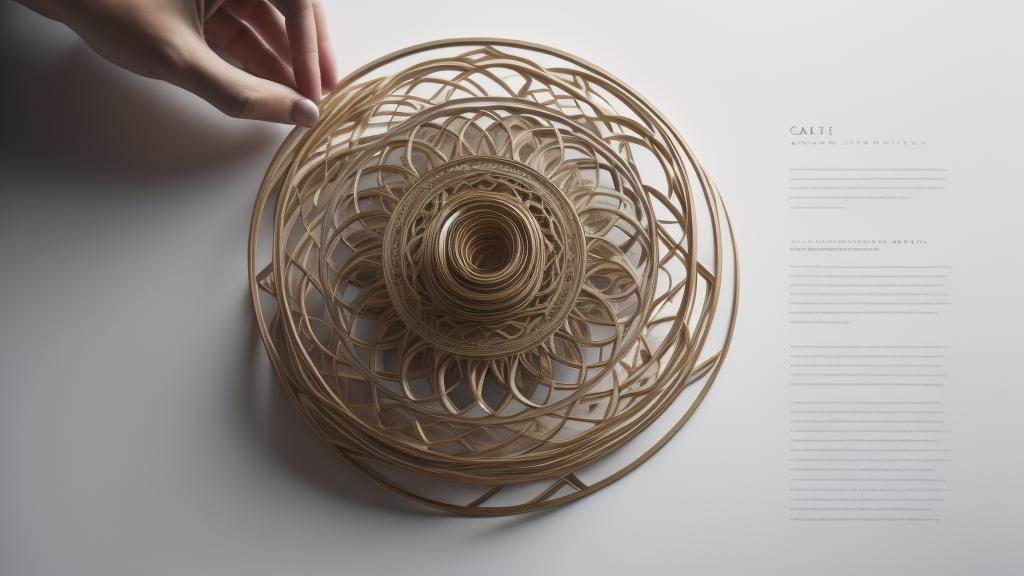In the world of high fashion, where glamour and opulence often take center stage, a quiet revolution is underway. For decades, luxury was synonymous with excess: extravagant materials, rare furs, and unlimited consumption. However, a new era is dawning in the fashion industry, shaped by an increasing awareness of environmental impact and a global call for more sustainable practices. Welcome to the rise of sustainable luxury, where conscientious creativity meets timeless design, redefining what it means to live lavishly.
Traditionally, the luxury sector of fashion has been criticized for its environmental footprint. The stark reality is that the production of high-end apparel is resource-intensive and often wasteful. Silk, cashmere, and leather, while enduringly luxurious, pose significant challenges—both in terms of resource consumption and animal welfare. Enter sustainable luxury, a movement gaining momentum as top designers and brands innovate with eco-friendly materials and ethical production methods.
Leading this transformation are brands like Stella McCartney and Gucci, pioneers in the quest to balance elegance with ecology. Stella McCartney, a champion of sustainable fashion, often speaks about the industry's responsibility to innovate. Her collections feature non-leather alternatives and organic materials, proving style need not be sacrificed for sustainability. Meanwhile, Gucci's commitment to carbon neutrality reflects a broader trend where high fashion is aligning with environmental advocacy, creating collections that are as appealing to the conscience as they are to the eye.
Forward-thinking companies are also implementing circular economy principles in their business models. This involves designing products with their entire lifecycle in mind, emphasizing durability, repairability, and eventual recyclability. Brands are taking a cradle-to-cradle approach, ensuring that fashion cycles foster sustainability rather than hinder it. Burberry, for example, has started initiatives to recycle unsold products, and luxury fashion rental services are empowering consumers to redefine ownership, contributing to a more sustainable cycle of consumption.
At the heart of sustainable luxury lies innovation in fabric technology. Alternatives like Tencel, a fiber derived from wood pulp, offer not only reduced environmental impact but also new dimensions in comfort and design. Bio-fabricated leather and plant-based dyes are also gaining popularity, allowing designers to create pieces that are eco-friendly without compromising on quality. These advancements reflect a significant shift, where traditional craftsmanship meets cutting-edge technology.
Consumer behavior is also evolving. Today’s luxury buyers, particularly the younger demographic, are increasingly inclined to support brands that prioritize ethical practices. They demand transparency and are willing to pay a premium for products that align with their values. As a result, storytelling has become a powerful tool in luxury marketing. Brands provide insights into the origin of their products, the artisans behind them, and their broader impact, building a narrative that resonates deeply with conscious consumers.
However, the path to sustainable luxury is not without challenges. The cost of eco-friendly materials and ethical production can be prohibitively high, posing a barrier to wider adoption. Additionally, there's the perennial question of scalability—how can the intricacy of handcrafted, sustainable goods meet global demand? Despite these hurdles, the momentum is undeniable, and many argue that the real luxury of our times is the ability to make choices that benefit both people and the planet.
As we look to the future, it's clear that sustainable luxury isn't a fleeting trend but a profound evolution. The interplay between sustainability and elegance promises not only to reshape the fashion world but also to redefine our notions of luxury. It's a journey where style meets substance, leading us towards a more responsible and beautiful world.
Undoubtedly, sustainable luxury presents an opportunity to redefine opulence in the modern age. It’s about cherishing the aesthetic and intellectual value of products while being mindful of our ecological footprint. As this movement gains momentum, it offers a path forward for fashion—a timeless reflection of art, culture, and conscience.
The rise of sustainable luxury: how fashion is redefining opulence

